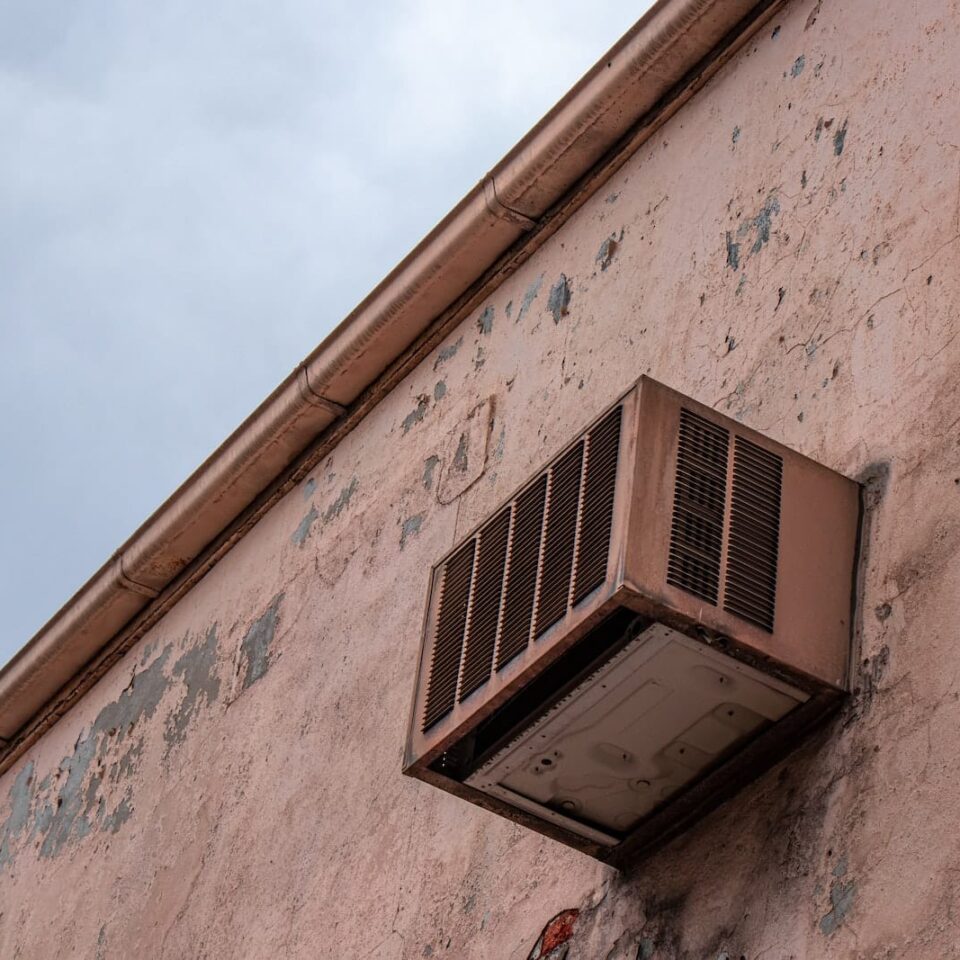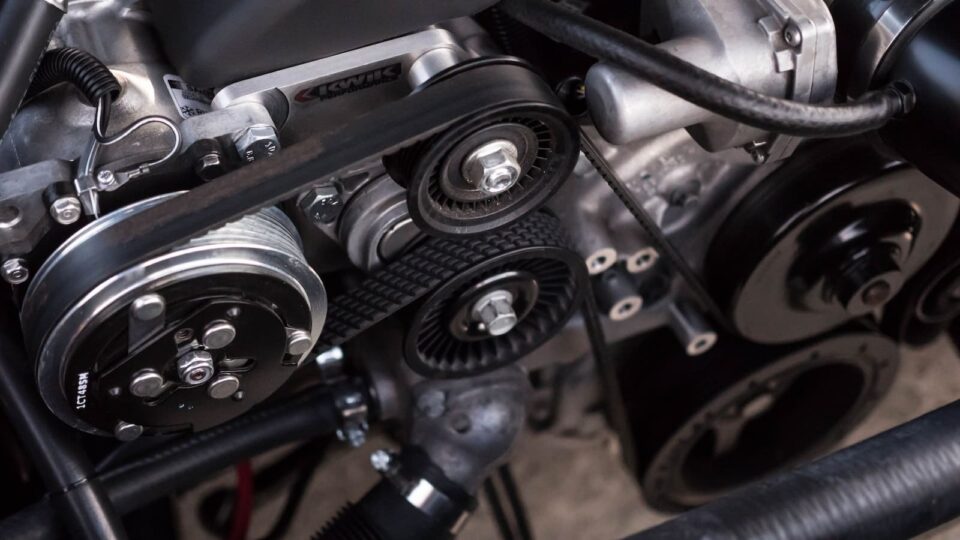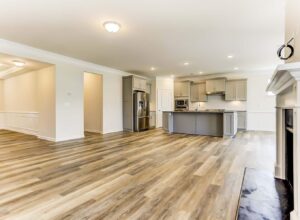The country is currently at the height of the cooling season! If you need to replace your air conditioner this season, knowing the different types of air conditioners can help you make an educated decision.
When looking at everything offered in the industry, you are deciding the right solution for your cooling needs can be complicated and laborious.
Additionally, we strive to give you information that is concise and simple to comprehend so that you can use it.
We aim to arm you with the knowledge and power to make wise purchases for your needs and budget. Information is knowledge, and knowledge is power.
Furthermore, the different types of air conditioners and how they work are listed below.
1. Window Air Conditioners
Window air conditioners are self-contained units that are often installed in a window. Furthermore, they can also be placed by making a hole in a room’s outer wall.
Although we don’t recommend doing this on your own, the best uses for window air conditioners are in apartments and single-story homes.
Additionally, they are made to fit several window types and are available in various sizes. The unit’s ability to generate astonishing air increases with height.
However, due to their tiny size and fixed location, window air conditioning systems have a limited cooling capacity.
Although window air conditioners can have limited airflow, they are often the most affordable air conditioning equipment to buy.
2. Portable Air Conditioners
Portable air conditioners are one of the different types of air conditioners. They are small enough to carry around. Furthermore, they are used as a last resort or during extreme heat waves.
They are primarily used in hotels, motels, and other short-term accommodations. Additionally, they are ideal for people who travel frequently and want to keep their rooms comfortable while away from home.
They are also pretty little. Between 5,000 and 14,000 BTU can be stored (most oversized portable AC units).
To put things into perspective, a 10,000 BTU air conditioner, for instance, may effectively cool a 400–450 square foot apartment (according to EnergyStar BTU chart).
The disadvantage is that even though you can relocate the AC unit, you will always need to move the air pipe.
In addition, the heated air must leave the residence. For this reason, every portable air conditioner includes a 4″ to 6″ diameter, the 10-foot-long airline.
3. Split System Air Conditioners
Split system air conditioners are also known as packaged air conditioners. These are designed to provide both heating and cooling simultaneously.
This air conditioner has two parts; a compressor and an evaporator. In addition, these are usually mounted inside a box which is then connected to ductwork.
It is important to note that the split system air conditioner is not an all-in-one device. You must purchase an indoor fan coil if you plan to install one.
4. Central Air Conditioners
Central air conditioners are very similar to split system air conditioners. However, central air conditioners include a furnace and a blower.
It is important to note that central air conditioners do not require ductwork. Furthermore, this makes them more efficient than split system air conditioners because there is no need to route the hot air through ducts.
Due to the numerous ceilings that must be broken and the multiple walls that must be breached, the cost may be as high as $10,000.
Furthermore, Central air conditioners, often known as “channel air conditioners,” chill the air using a mixture of inside and outside air while making it appear simple.
Additionally, a central AC unit shell situated outdoors, typically in the yard or attached to the house, serves as the powerhouse of the entire unit.
5. Heat Pump Air Conditioners
Next on our list of different types of air conditioners system is Heat pump Air conditioners. Heat pump air conditioners are also called reverse cycle air conditioners.
They use electricity to transfer heat between a refrigerant and water. Furthermore, they can perform both heating and cooling functions.
There are two types of heat pumps available:
- Air source heat pumps – These pumps transfer heat from your home to the outside or pull it from there. No of the weather, air-source heat pumps successfully provide heat and cooling.
- Geothermal heat pumps –Also known as ground source heat pumps, they pull the heat from or put it back into the earth to cool and heat your home.
6. Through-the-wall Air Conditioners
Through-the-wall air conditioners are a great way to keep your home comfortable during summer. They come with a built-in venting system.
Additionally, through-the-wall air conditioners draw in vented warm air while recirculating cool air into the space, similar to window air conditioners.
Furthermore, these self-contained or “unitary” systems are comparable to window units and portable air conditioners.
Through-the-wall air conditioners are an alternative for people without windows. However, they need to be planned for because, unlike window units, they will be mounted permanently and cannot be removed.
One of them requires the installation of a sleeve into a hole that must be cut in an exterior wall to mount it.
Since the wall itself is not sturdy enough to withstand the weight of the air conditioner, these sleeves are required.








